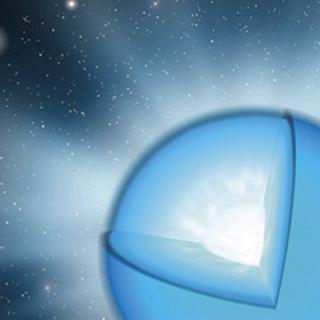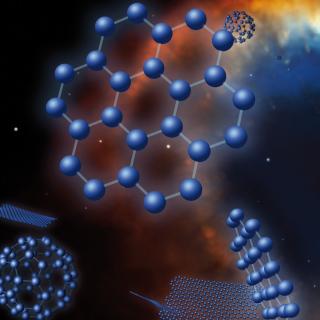Bibcode
Royer, P.; Merle, T.; Dsilva, K.; Sekaran, S.; Van Winckel, H.; Frémat, Y.; Van der Swaelmen, M.; Gebruers, S.; Tkachenko, A.; Laverick, M.; Dirickx, M.; Raskin, G.; Hensberge, H.; Abdul-Masih, M.; Acke, B.; Alonso, M. L.; Bandhu Mahato, S.; Beck, P. G.; Behara, N.; Bloemen, S.; Buysschaert, B.; Cox, N.; Debosscher, J.; De Cat, P.; Degroote, P.; De Nutte, R.; De Smedt, K.; de Vries, B.; Dumortier, L.; Escorza, A.; Exter, K.; Goriely, S.; Gorlova, N.; Hillen, M.; Homan, W.; Jorissen, A.; Kamath, D.; Karjalainen, M.; Karjalainen, R.; Lampens, P.; Lobel, A.; Lombaert, R.; Marcos-Arenal, P.; Menu, J.; Merges, F.; Moravveji, E.; Nemeth, P.; Neyskens, P.; Ostensen, R.; Pápics, P. I.; Perez, J.; Prins, S.; Royer, S.; Samadi-Ghadim, A.; Sana, H.; Sans Fuentes, A.; Scaringi, S.; Schmid, V.; Siess, L.; Siopis, C.; Smolders, K.; Sódor, Á.; Thoul, A.; Triana, S.; Vandenbussche, B.; Van de Sande, M.; Van De Steene, G.; Van Eck, S.; van Hoof, P. A. M.; Van Marle, A. J.; Van Reeth, T.; Vermeylen, L.; Volpi, D.; Vos, J.; Waelkens, C.
Bibliographical reference
Astronomy and Astrophysics
Advertised on:
1
2024
Journal
Citations
15
Refereed citations
11
Description
Aims: Over the past decades, libraries of stellar spectra have been used in a large variety of science cases, including as sources of reference spectra for a given object or a given spectral type. Despite the existence of large libraries and the increasing number of projects of large-scale spectral surveys, there is to date only one very high-resolution spectral library offering spectra from a few hundred objects from the southern hemisphere (UVES-POP). We aim to extend the sample, offering a finer coverage of effective temperatures and surface gravity with a uniform collection of spectra obtained in the northern hemisphere.
Methods: Between 2010 and 2020, we acquired several thousand echelle spectra of bright stars with the Mercator-HERMES spectrograph located in the Roque de Los Muchachos Observatory in La Palma, whose pipeline offers high-quality data reduction products. We have also developed methods to correct for the instrumental response in order to approach the true shape of the spectral continuum. Additionally, we have devised a normalisation process to provide a homogeneous normalisation of the full spectral range for most of the objects.
Results: We present a new spectral library consisting of 3256 spectra covering 2043 stars. It combines high signal-to-noise and high spectral resolution over the entire range of effective temperatures and luminosity classes. The spectra are presented in four versions: raw, corrected from the instrumental response, with and without correction from the atmospheric molecular absorption, and normalised (including the telluric correction).
The dataset described in Appendix A is available at the CDS via anonymous ftp to cdsarc.cds.unistra.fr (ftp://130.79.128.5) or via https://cdsarc.cds.unistra.fr/viz-bin/cat/J/A+A/681/A107 and at www.royer.se/melchiors.html
Related projects

Physical properties and evolution of Massive Stars
This project aims at the searching, observation and analysis of massive stars in nearby galaxies to provide a solid empirical ground to understand their physical properties as a function of those key parameters that gobern their evolution (i.e. mass, spin, metallicity, mass loss, and binary interaction). Massive stars are central objects to
Sergio
Simón Díaz

Nucleosynthesis and molecular processes in the late stages of Stellar Evolution
Low- to intermediate-mass (M < 8 solar masses, Ms) stars represent the majority of stars in the Cosmos. They finish their lives on the Asymptotic Giant Branch (AGB) - just before they form planetary nebulae (PNe) - where they experience complex nucleosynthetic and molecular processes. AGB stars are important contributors to the enrichment of the
Domingo Aníbal
García Hernández